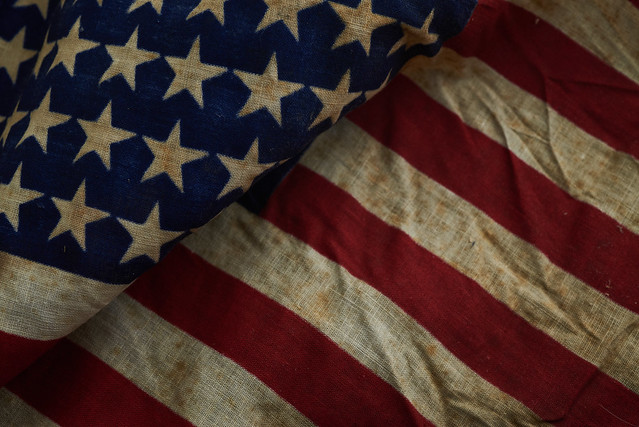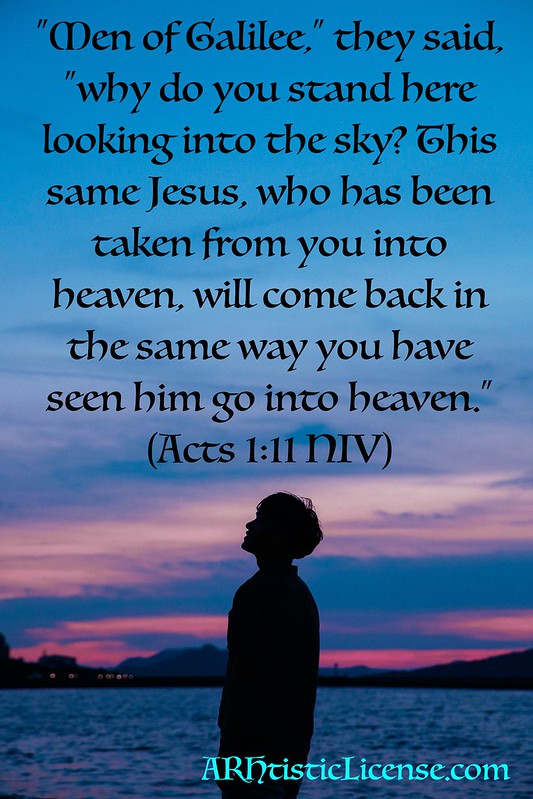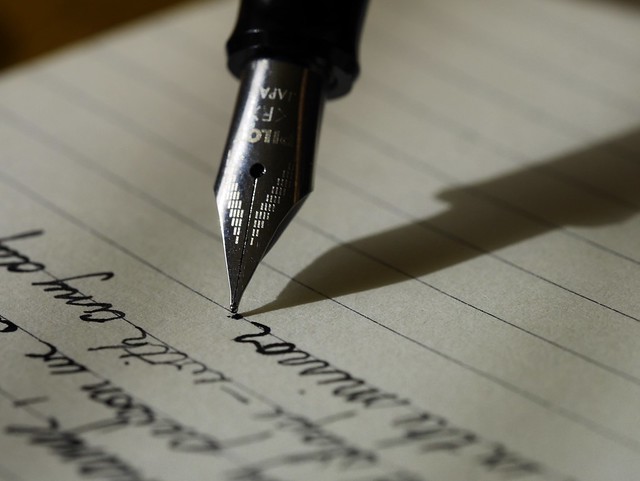
ICAD stands for Index Card A Day. It’s an art challenge. For 61 days (June 1-July 31), participants make a small piece of art on a 3″ x 5″ (or a 4″ x 6″) card. I’ve been taking this challenge since 2016, so this will be my seventh year.
My year-round intention is to make art every even-numbered day. (On odd-numbered days, I mean to write a poem.) In reality, I get bogged down in my day-to-day responsibilities and rarely spend any time on art. In May, I think I spent one day working on a lettering project, and I haven’t finished it yet.
But when I join a challenge, I make more of an effort to do the art. There’s a community that forms around the challenge. People post their cards on their blogs, on Instagram, on Facebook, and on Pinterest. I love to see what other people are doing.
The ICAD website provides a daily prompt:
and a weekly theme:
but these are only suggestions, not requirements. I sometimes follow the prompts, and other times I do my own thing.
For years I’ve been meaning to practice calligraphy. I’ve bought books and pens and inks, but I never get around to hunkering down and practicing. This year I intended to spend June working through the alphabet in calligraphy, one letter a day. I should be able to complete 26 letters in 30 days. (I know I’ll miss a few days.)
In July there’s another art challenge I love, World Watercolor Month. I do double duty with ICAD by cutting watercolor paper down to index-card size. (Although the ICAD guidelines state that the challenge must be done on an index card, watercolor does not work well on index cards. I used to buy the post-card sized watercolor paper, but in keeping with the budget-conscious spirit of the ICAD challenge, I now just cut up a few sheets from my watercolor pad). I may use the ICAD prompts or the WWM prompts, or I may just paint a face or a flower each day in July. I haven’t decided yet. Or I may do some of each.
I love art challenges because they give me the motivation I need to actually work on art. I also love seeing how other people respond to the prompts or create within the limitation of an index card. It’s inspiring.
Want to join me? It’s fun!









